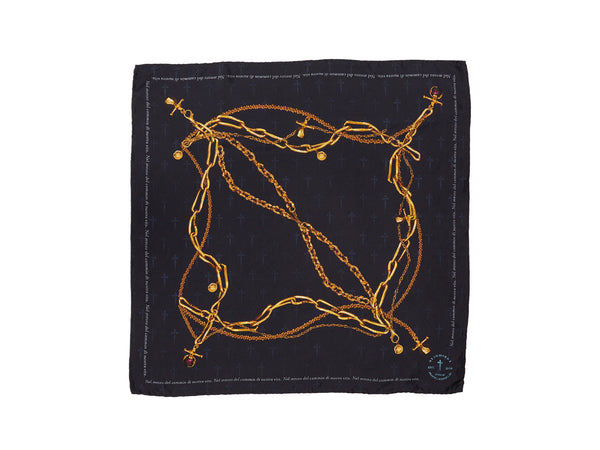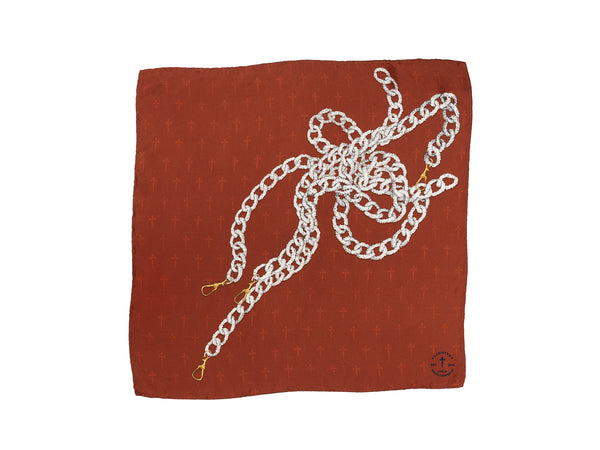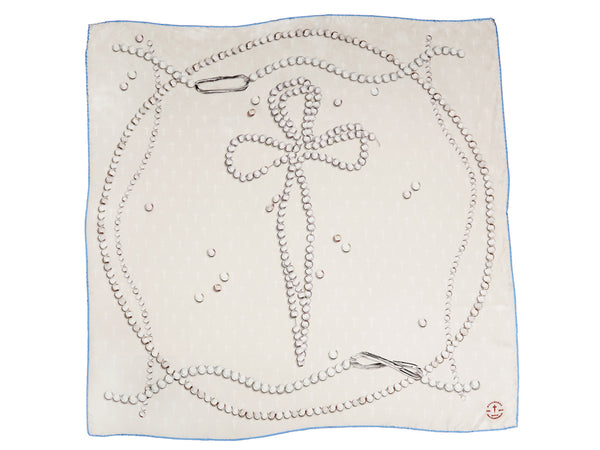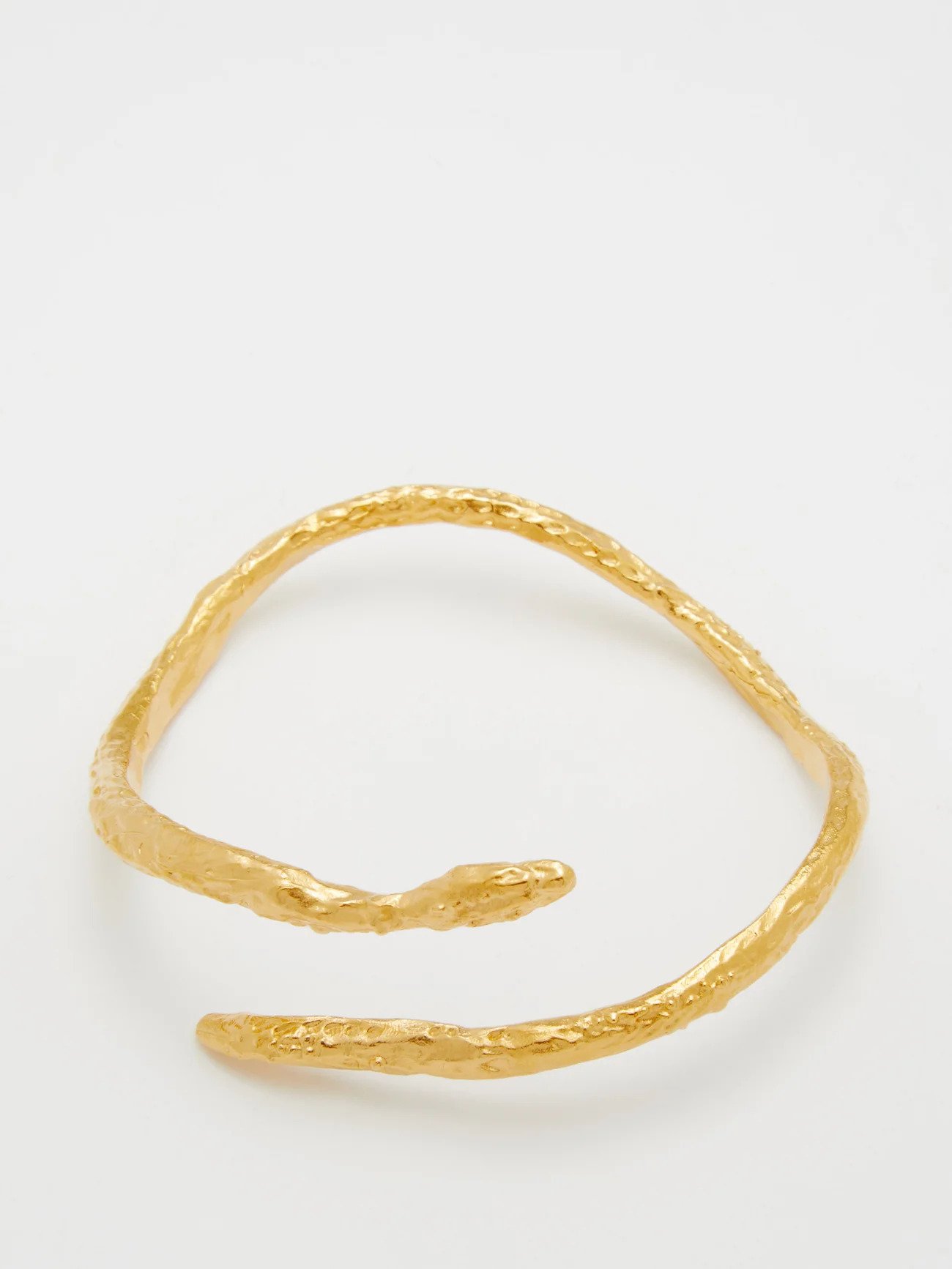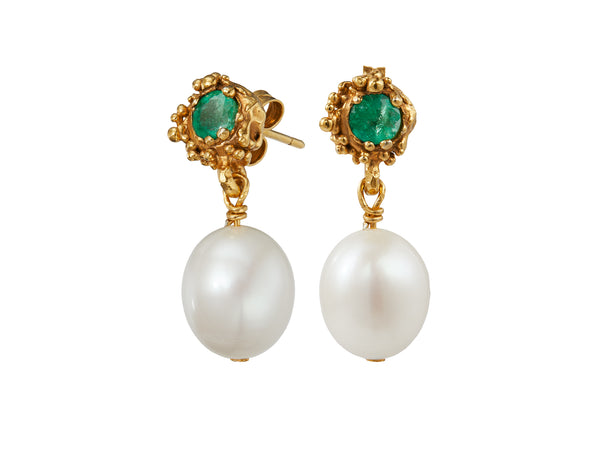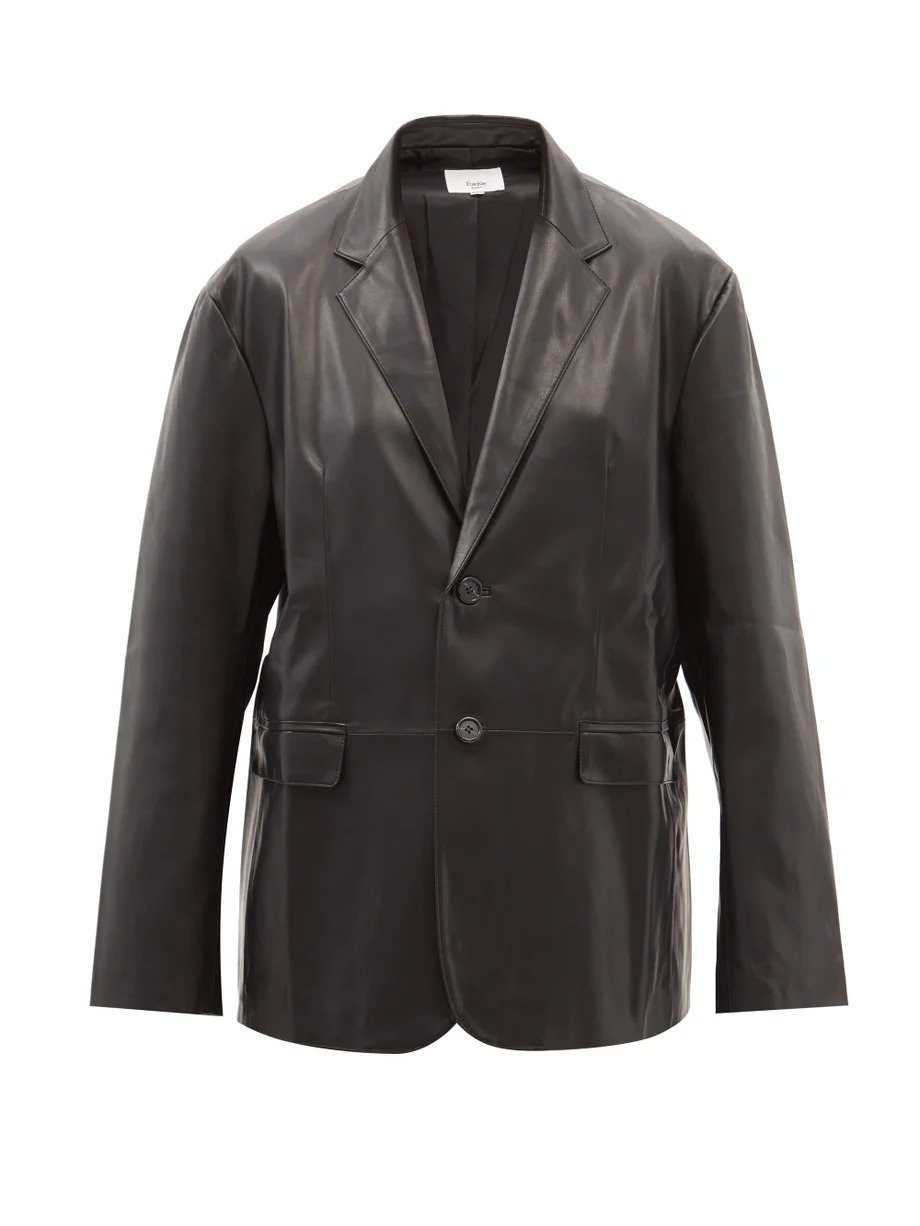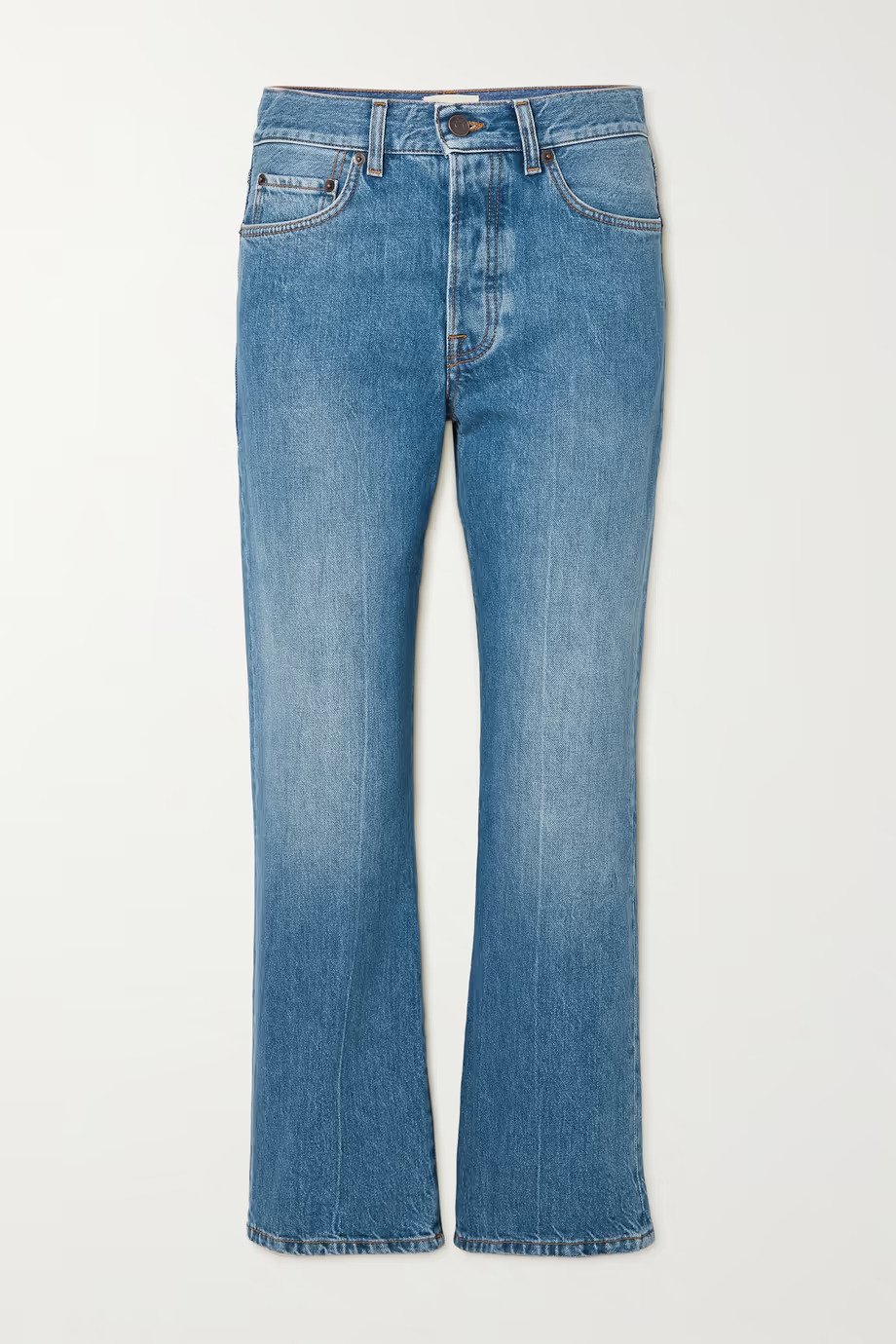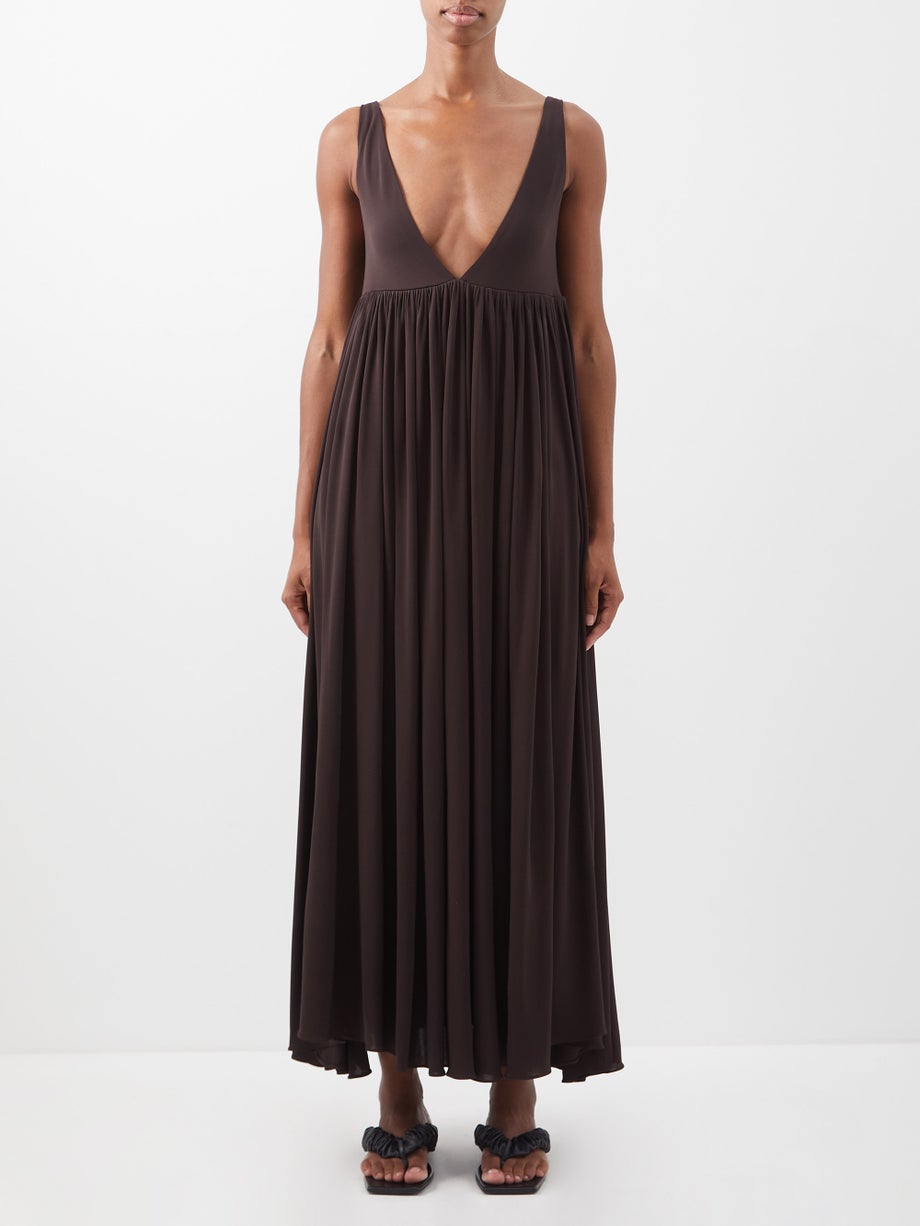Best Wardrobes in Britain: Rosh Mahtani


Welcome to the latest, highly exciting instalment of Who What Wear UK's Best Wardrobes in Britain. It's where we do exactly what it says on the tin: delve into the most fantastical, awe-inspiring and downright influential wardrobes. We're honing in on the people who cause the street style photographers to press their shutters as well as the characters you don't yet know—the ones who fly under the radar with secretly incredible clothing collections.
When Alighieri founder Rosh Mahtani welcomed us into her home, the building felt a lot like the woman herself. Elegant, warm, understated and a melting pot of cultural references. "We tend to beat ourselves up so much as women, but ultimately the goal is to embrace imperfection," she says, but it's clear from how Mahtani curates her space that she is meticulous about design, form and function.
While you may already know Alighieri from its legions of fashionable fans, or maybe you've seen its unique, handcrafted pieces popping up on your timeline, its roots are far more modest. Beginning in 2014 as a response to Mahtani's own exploration of identity, Alighieri Jewellery is now an internationally known and award-winning brand that started life as a one-woman operation run from her parents' house. "I still remember getting my first wholesale order from MATCHESFASHION. After fulfilling the entire order on my own, I was walking down Charing Cross Road and saw a red leather-bound copy of Dante's Inferno in a bookshop, and I knew I had to go in and buy it. I loved the idea of buying something special when you're especially proud of yourself and want to commemorate the moment."
Mahtani lights up as she talks through her other copies of Dante's works, the inspiration behind Alighieri and even the brand's logo. And scattered among the tables of even more books (including those by David Hockney, A. N. Wilson and Dolly Alderton) are the pieces themselves: rugged, romantic medallions, rings and earrings cast in gold and sterling silver, evocative of the the wearable art that Alighieri lovingly creates.
Who better, then, to allow us a peek inside their jewellery box than the founder of one of Britain's most-talked-about accessory brands? Keep scrolling to find out how Mahtani's approach to art, self-expression and literature shaped her own unmistakable style and in turn inspired a new wave of contemporary jewellery design.
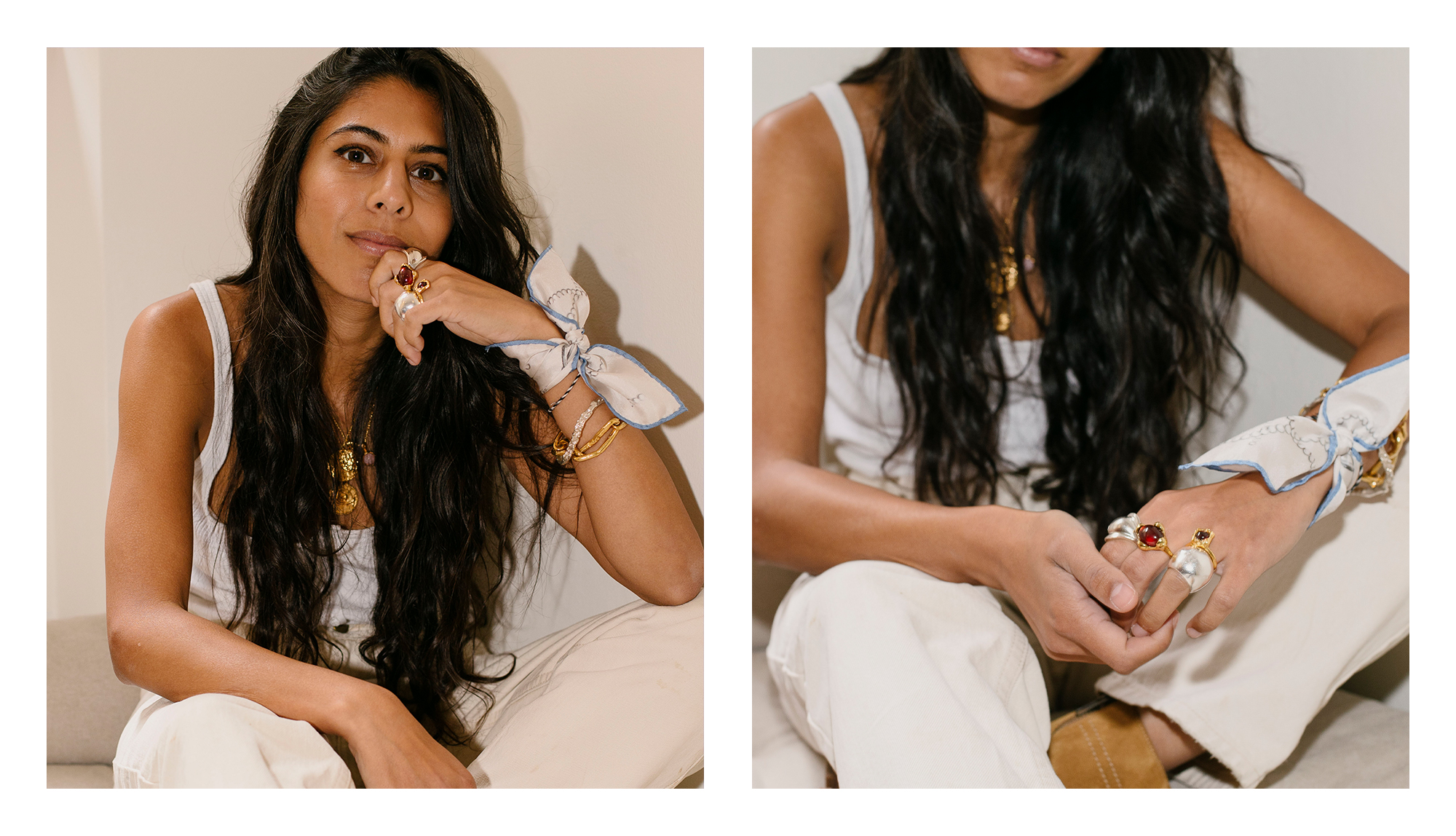
You were born in London, raised in Zambia and have lived in Paris. How would you say British, African and French girls' styles differ, and which do you identify with the most?
It's all worlds apart. I feel like in London, the style and the sense is very free, which I really like. You're free to be messy, which I'm grateful for because I'm a "messy" look kind of person—I always leave the house with wet hair and the bottom of my jeans a little bit wet. That's the sense of grit, which I really love and suits my personality, because I'm a very run-and-go kind of person. I don't spend hours getting dressed, but Italy and Paris are so different. I remember first moving abroad and going out with wet hair, and being yelled at by grandma in the street. She was like, "You don't do that! That's really rude!" and I had no idea! There's an Italian expression "bella figura," and in the context of dressing, it means to put yourself together and to make an effort as a sign of respect for the people you meet, which I thought was really interesting. After I heard it that way, I thought, okay, that makes sense. And it was really nice to learn more about that culture.
Parisian style can be quite cookie-cutter. There's a formula to it. There's the jeans, the boot, the A.P.C. jacket, the beige trench. But there's something classic about that. And then on the other hand, growing up in Africa was colour everywhere. I was very young when I lived there, so I really loved and embraced the vibrancy and the patterns. I'd like to explore more of that in my own wardrobe.
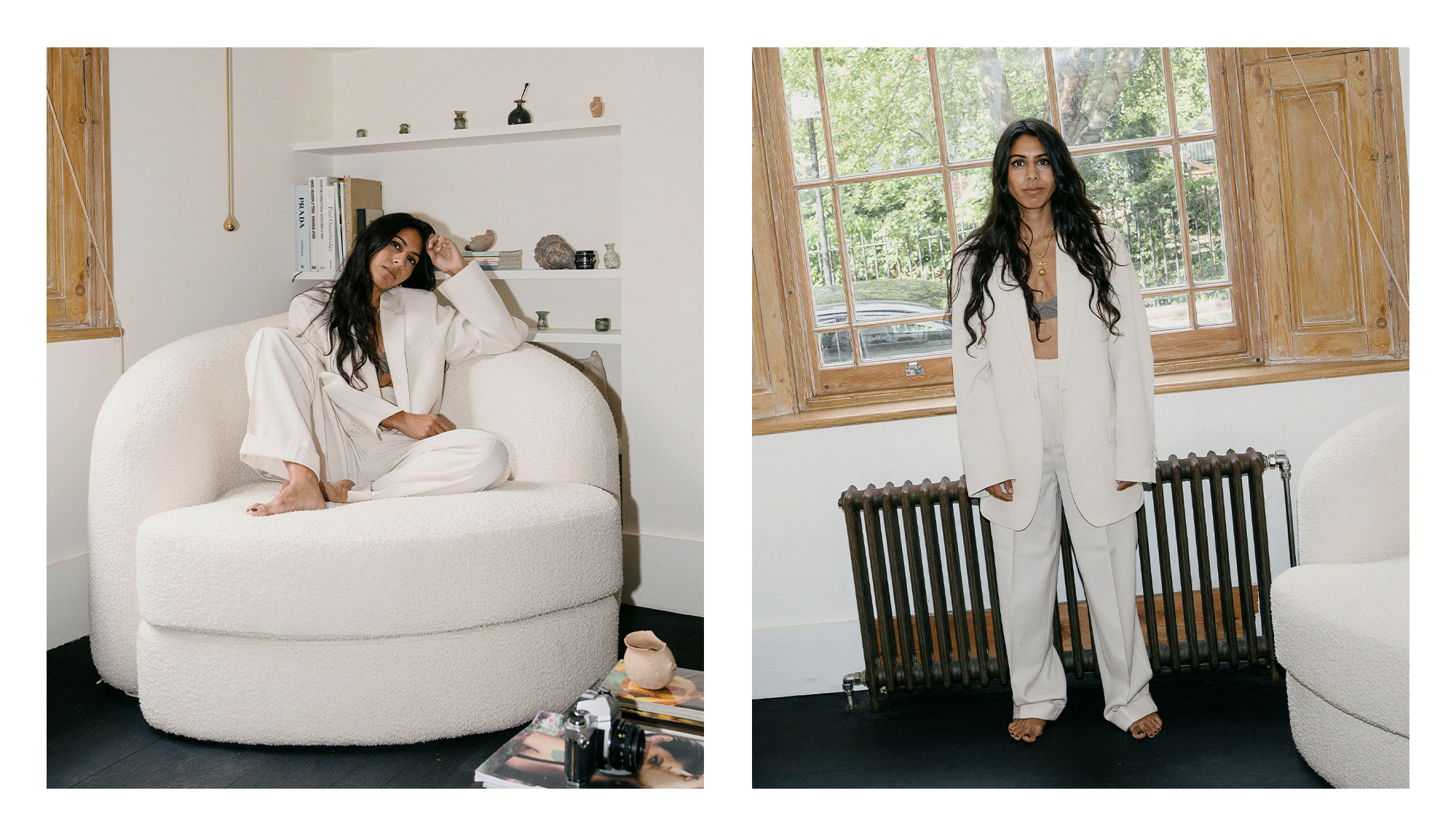
As well as jewellery design, you're also a film photographer in your spare time. There's an element of storytelling to both crafts, and Alighieri pieces are described as "modern heirlooms with a story to unlock." What is the story you want to share?
Gosh, the real story? I think ultimately, my story is essentially one of feeling like I didn't belong anywhere. I felt like I didn't know where my place in the world was. Where did I belong, and where was I from? Who were my people? And so I think I wanted to create a universe of my own because then I had somewhere to belong. And that's why I feel so emotional and proud of having my team and a place everyone is with each other with that sense of commonality and universality. My whole journey has been about me wanting to be perfect and wanting to fit in and actually realising that all you ever need to be is yourself. It's just like your mum says, and you don't realise that growing up.
I was the only non-white person in my school, and I felt like I wasn't good enough at anything. The more I tried, the harder it got, and it was only actually when I stopped trying and just allowed myself to be that good things started happening, and I started to feel a bit more ease. So it's been a journey, and I think it always is. It's probably the same for everyone in many ways. But I think that Alighieri's kind of modern heirloom pieces are about each piece having a story, and although it's based on my story, it's essentially an invitation for you as the wearer to explore your own and to feel like you belong and whatever you're going through in your life, it's okay, and you're not alone in it.
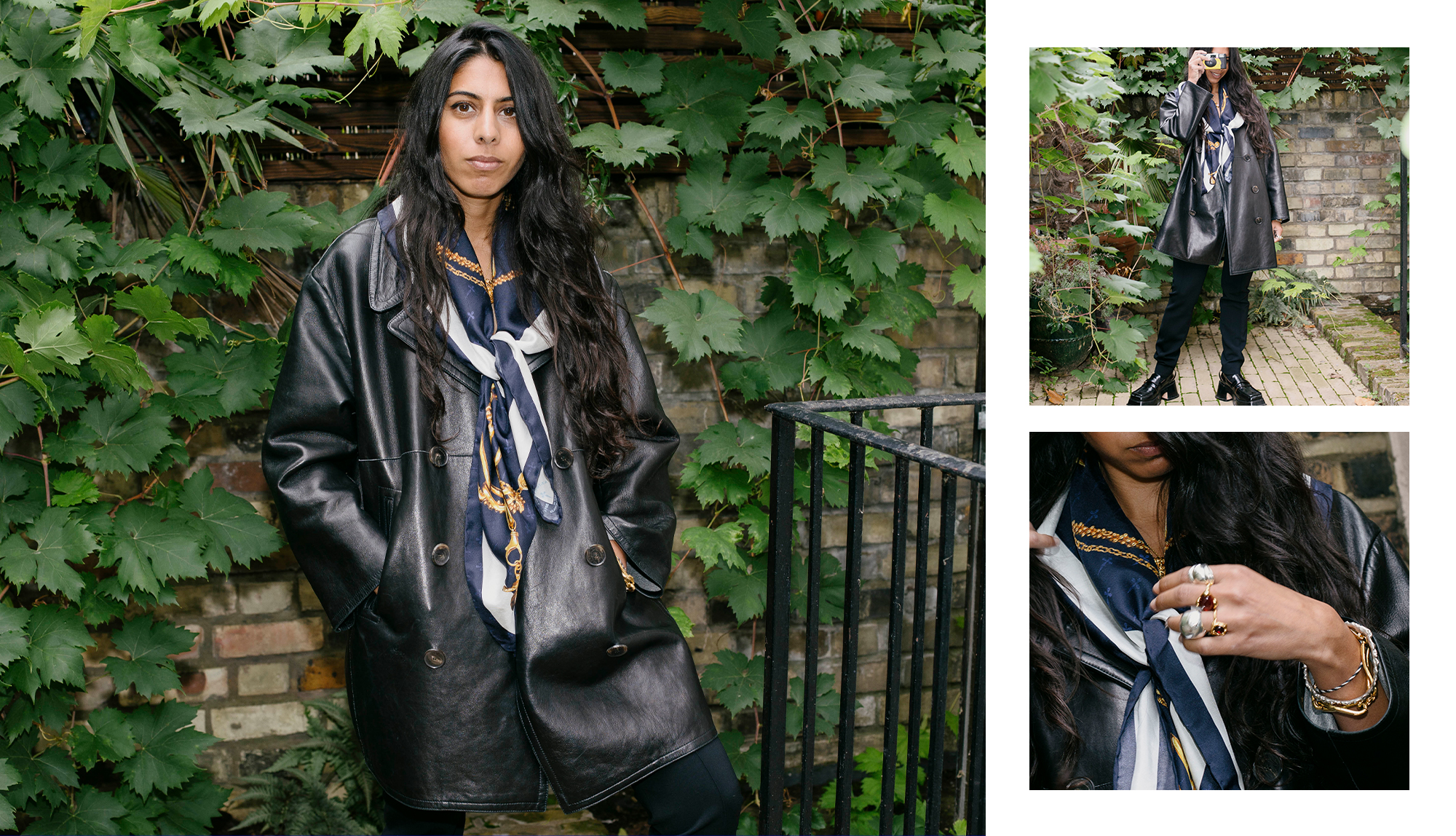
When you're designing new pieces, where does your inspiration come from?
I'm really inspired by a lot of things, but I always start with a point in The Divine Comedy—whether it's the moment Dante is confronted by the lion or the moment he comes out of hell and sees light for the first time. It's always rooted in what I'm going through personally. Whether I like it to be or not, somehow it always lands there, and that's whats so incredibly personal.
The latest collection is called After the Rain Falls, and it's based on a memory I have of the smell of the rain on the hot ground in Africa and that sense of freedom as a child going out and playing in the rain and trying to find a way back to that. And it's only after we released the collection that I looked back at it and thought how appropriate the name was, as this year has been a lot of rainfall for me, coming out of a relationship, the business growing, personal things going on, and yet somehow this summer, I felt like I came out of it, and I could breathe again. And the collection inherently told that story without me even realising it. Designing a new collection is cathartic to get me through whatever I'm going through in that time. And it's sometimes a really frustrating process, but somehow you end up with something that you feel like makes sense.
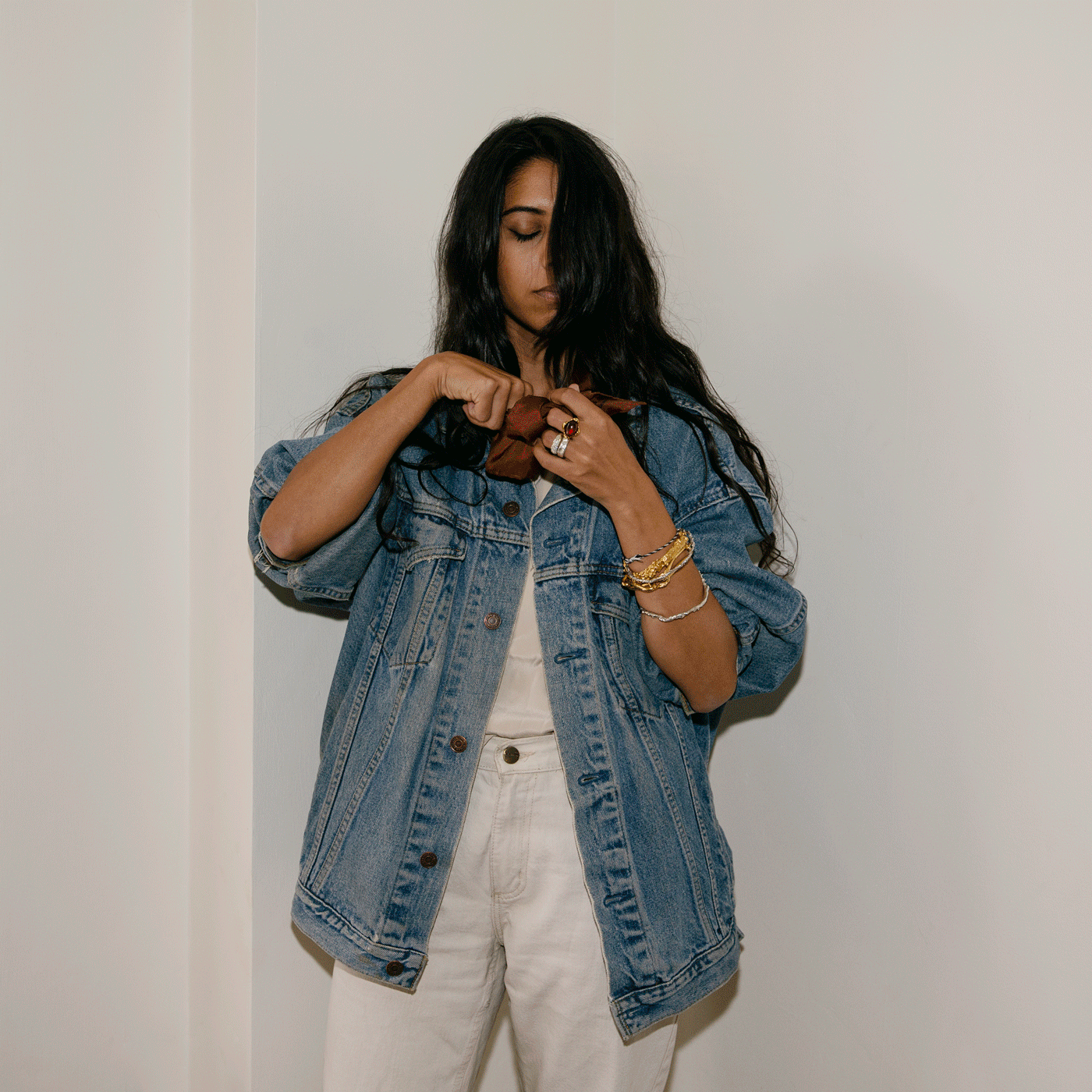
If we looked through your wardrobe on any given day, what should we expect to see?
Black and white, and usually pretty messy unfortunately. I tried to clean it up, colour-coordinate and have space between each hanger, but every time I do it, it takes like three days, and then it's done. But I generally tend to gravitate towards neutral colours because I think of my wardrobe as the palette for the jewellery. I end up using my jewellery to express myself and my emotions and layer that in different ways.
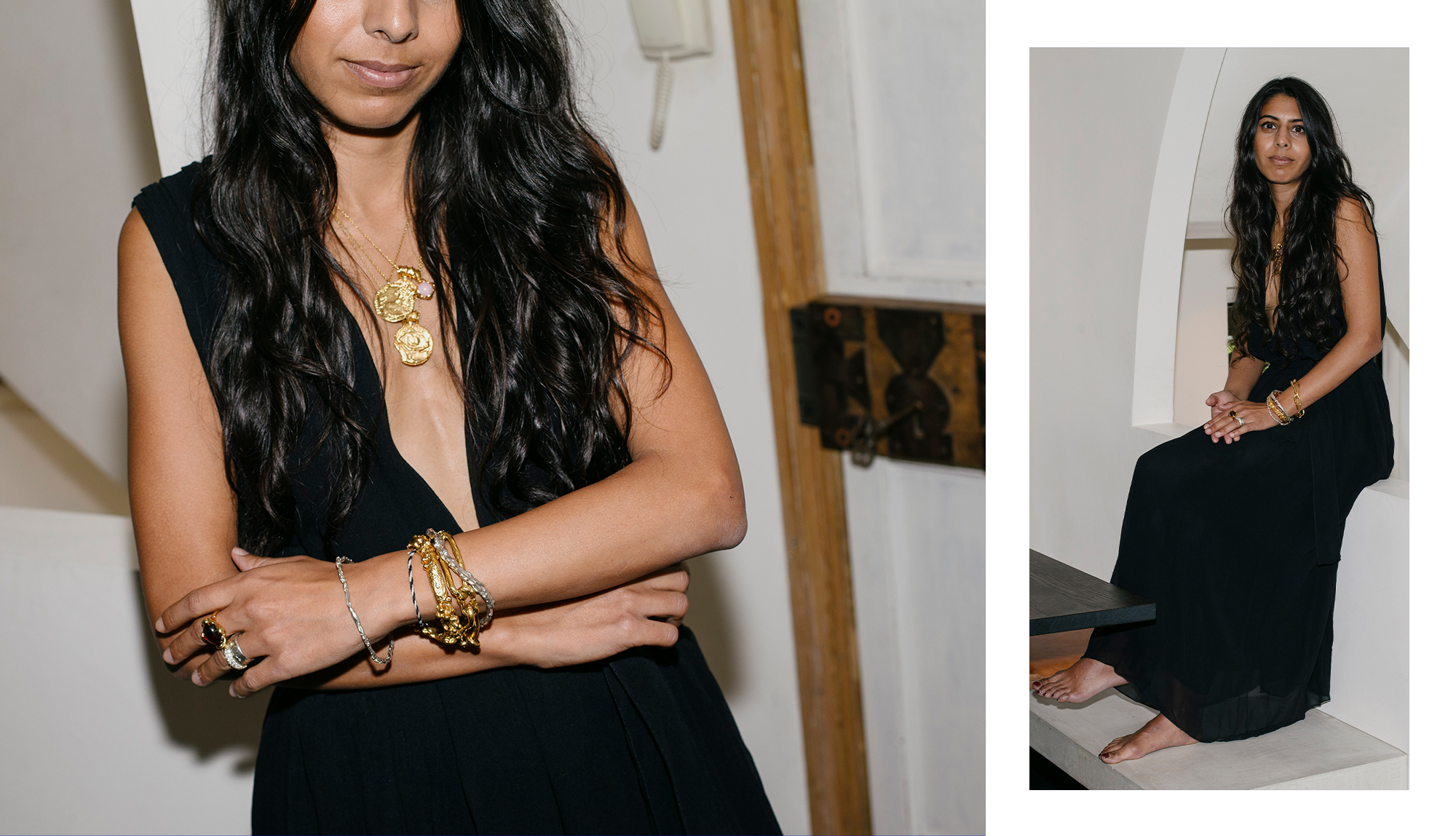
What clothing brands best represent your style, and how has it changed since you were younger?
It's funny how some brands haven't changed at all, like Levi's. It's a brand that we all grew up with. We all had one of their denim jackets when we were kids. I was looking back at old pictures of me and my brother, and we're both always wearing jeans and denim jackets. Heritage brands like that always feel like they've stood the test of time. They're completely atemporal and can work in so many different contexts, and I still wear vintage Levi's.
The Row is incredible, the materials, the quality and the tailoring. I'm a big believer in buying less and buying well. I don't like to buy a lot of things. I tend to wear the same things on repeat, so I always look for brands that do tailoring and materials really well. Old Joseph was great. Louise [Trotter] was amazing. I think Khaite is really special as well as a brand Raey from MATCHESFASHION too. I just like casual things that are really wearable and cosy and oversized, like men's tailoring and wearing men's clothes. That hasn't really changed for me in the last 10 or 15 years. Although, you really wouldn't want to see pictures of my teenage years, God, all we wore were those jungle trousers. Giant combat trousers in fluorescent pink? I would say my style has calmed down quite a lot since then. For me now, '90s Prada is the holy grail!

Who are your style icons?
I think Mary-Kate Olsen is just incredible. Again, it's that oversized way of dressing and how she layers jewellery so beautifully. And then there are the old-school icons like Jane Birkin, somebody who can just put on jeans and a T-shirt and be good. Sometimes it's about less is more and not trying too hard. But Elsa Peretti is my ultimate style icon.
If you could wear one outfit for the rest of your life, what would it be and why?
I think honestly, I'd wear white jeans and a T shirt. Because it's just so easy and classic and withstands the test of time. Also, you also don't have to wash your jeans. I don't know where I'm going in this one outfit, but if I were stuck on a desert island, it would probably be the easiest because you technically aren't supposed to wash your denim, right? But that outfit is also the perfect blank canvas for jewellery. That's a very French look.
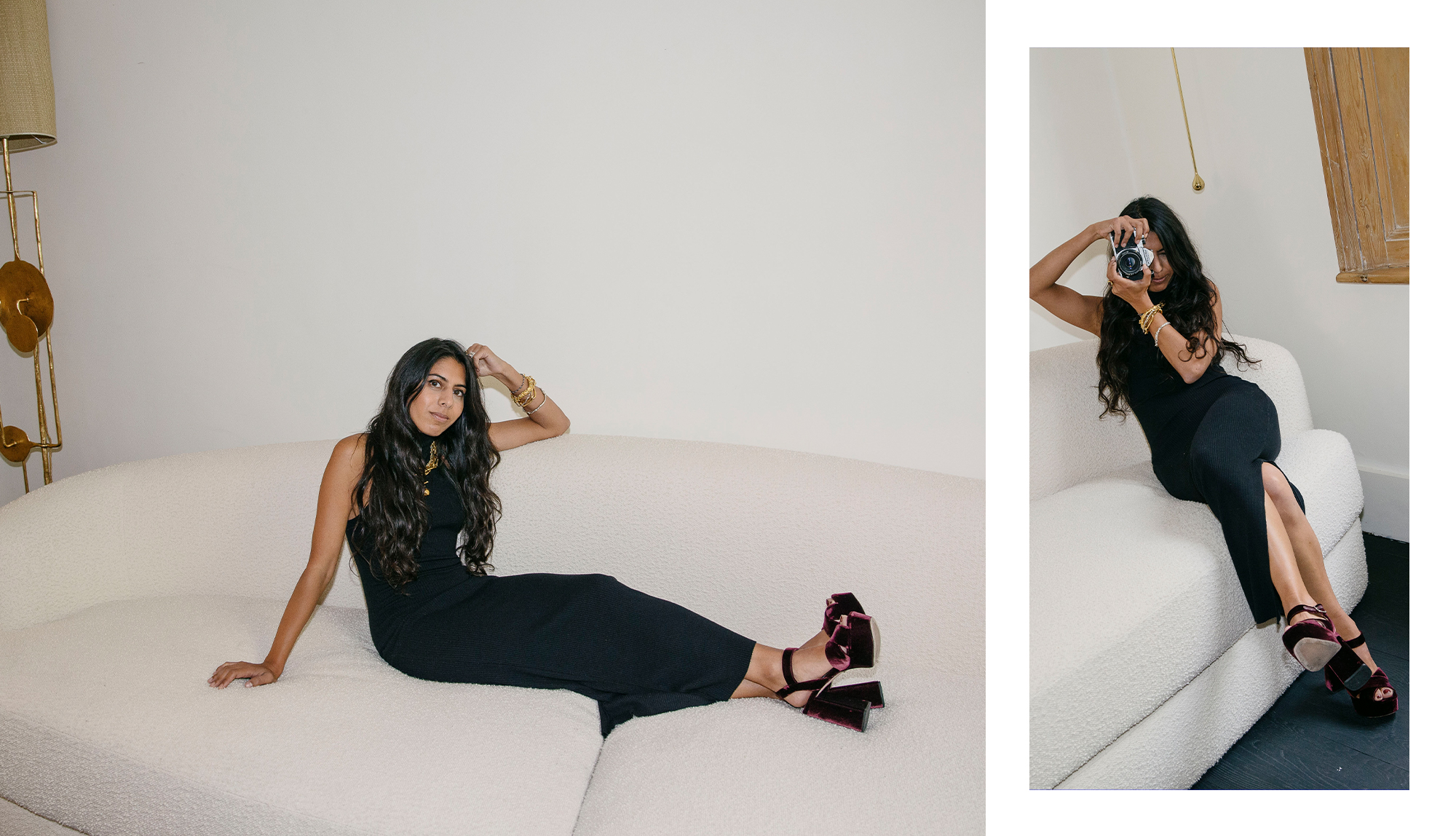
You've spoken before about the power of rituals. So what does a typical day look like for you?
I'm very ritualistic. I'm a creature of habit. In the morning, I'll make a coffee, light some incense, and I really try to start the morning reading, even if just for like five or 10 minutes to enter a different world and find inspiration. One of my favourite rituals is simple: just walking to work and observing everything going on around me, the calm before the storm. I go to the same coffee shop every morning, and they're friends of ours, so I always stop to have a chat with them. At the end of day when I come home, the first thing I do is light that incense, and sometimes I go to Terronis, the local Italian deli, with a book and have a glass of wine, read my book and listen to music to decompress. Oh, and then I always have a bubble bath before I go to sleep. But the most important ritual for me is before I leave the house. I have to put my Leone medallion on because it's my strength and courage. Any time I leave without it, I get worried.
As a woman of colour, is there an importance in handing down heirlooms and keeping traditions alive that connects to your work?
If I think about Indian culture, as always, ritual plays such a big part in that. When I was a kid, I used to sit on my mum's bed and look through her jewellery box, and she would say, "This was my wedding jewellery. It was given to me by my grandma, and by her grandmother, and one day, it will be yours, and each piece had a story rooted in family. Then when I would go to the markets in Africa and see the amazing tribal jewellery or go to Italy and see the tradition of how a child is given a St. Christopher when they're born, and I've always been fascinated about how different cultures' practice rituals, especially through jewellery.
I think it's particularly poignant in Indian culture, but every culture too, so for me, it's been about joining it all together. Trying to break down the barriers when someone asks "Where are you from?" expecting a one-word answer, because sometimes you just don't know. That question used to literally fill me with dread as a kid, how people automatically assume that someone is "other" because they are of a different skin colour. Even though I'm technically British, I know that that's not going to be accepted as an answer; people are going to want more. So the jewellery for me is a way to defy people's assumptions that a person can just be one thing. Alighieri is inspired by Italian literature, made in Britain by a Cypriot immigrant family, cast in 24-karat gold (which is inherently Indian) and stamped with the royal warrant—it couldn't be more British.

Are there any pieces in your wardrobe that are particularly sentimental to you?
I've always spoken about the beauty of simplicity. Like the Antik Batik dress that I bought when I was 18 for my graduation. It's always been my lucky dress. It's like a silk crepe, really easy V-neck piece that just works, and I had such a good night in it. Every time I've worn it since, I associate it with so many good memories, not to mention the fact that it's still going strong. It's like, what, 14 or 15 years old, and I love pieces like that that can just withstand the test of time. My white suit from Joseph is another that's really sentimental. And again, I know that I'm going to have that forever.
What's the best piece of career advice you've ever been given?
It's a quote, and it wasn't necessarily explicitly given to me, but it's a quote by Seneca, a philosopher who I don't know much about, but I think it's amazing advice and not just for career, but for everything. It's "life isn't about waiting for the thunderstorms to pass. It's about learning to dance in the rain." It's always going to be chaotic, starting your own business, working, running a team. It's always going to be crazy. And it's not about necessarily trying to harness it or systemize it. It's about learning to dance with it and being nimble with it. And I think that also applies to so many other things too. I think I've always been a bit like that, and I don't know any other way to be. Sometimes if you can't change it or can't control a situation, you learn to just go with it.
We're going to be nine in January. So we're gonna be doing something exciting for next fashion week and for now launching our new product category, silk scarves. They feel like an extension of that modern-heirloom idea, as though they could have been something that your grandma owned and passed down, and then you would wear it in your own way in your hair or, you know, around your waist or on your camera strap. And that's really exciting.
I think for us, it's about continuing to tell stories and exciting and interesting ways. To me personally, I mean, who knows? I've been through a lot of change this year, and the unknown can feel challenging, but I try and take my own advice, and I'm dancing with it.
Thanks for having us, Rosh!
SHOP ROSH MAHTANI'S STYLE
Up Next, The Only 6 Jewellery Trends That Matter This Autumn
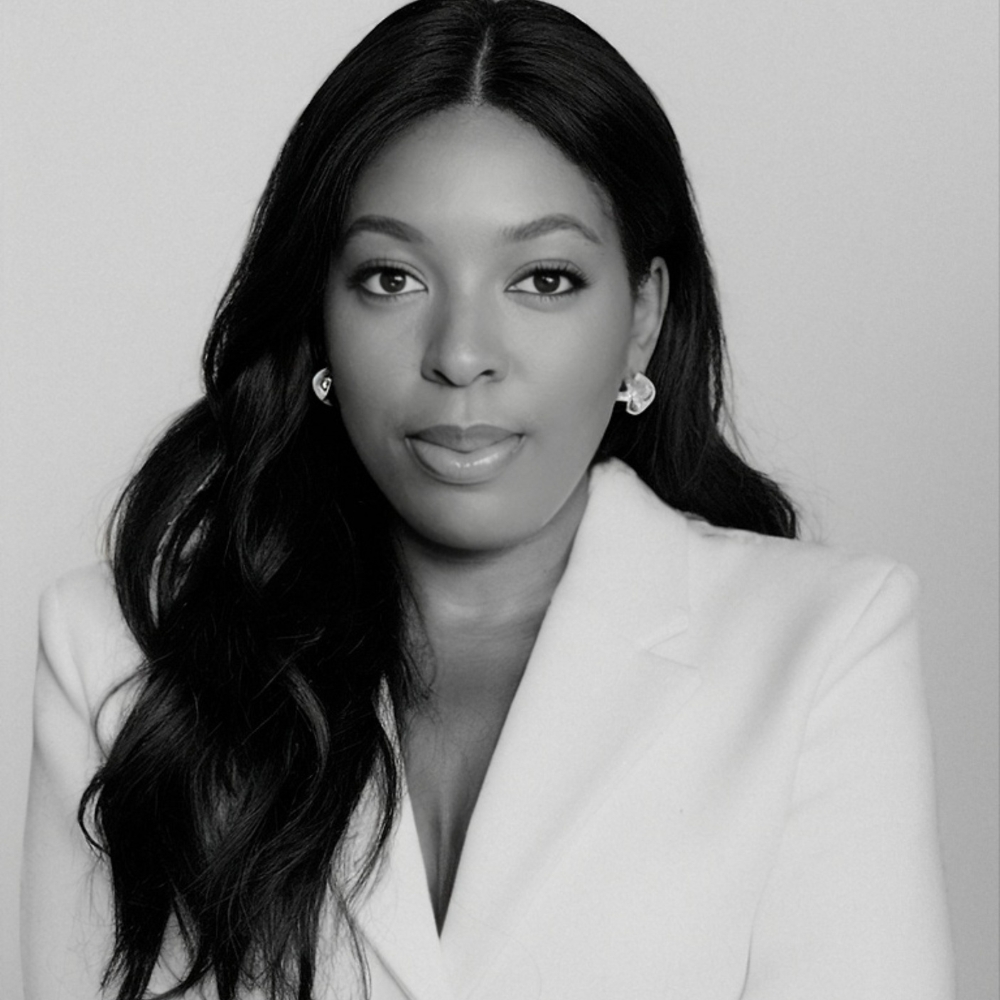
Remy Farrell is a London-based fashion editor with 10 years of experience covering fashion, beauty and lifestyle. After graduating with a journalism degree and working on the fashion teams for titles such as Grazia, Elle, and British Vogue, she moved into the luxury e-commerce sector, working as fashion assistant at TheOutnet.com After expanding an assisting and styling portfolio that includes talent such as Gigi Hadid, Victoria Beckham and Miquita Oliver, she ventured into beauty, compiling reviews and diverse beauty content.
In her role as fashion editor at Who What Wear, Remy is interested in discovering new brands to share with the WWW UK readership, and loves uncovering hidden gems to make shopping accessible to everyone.
